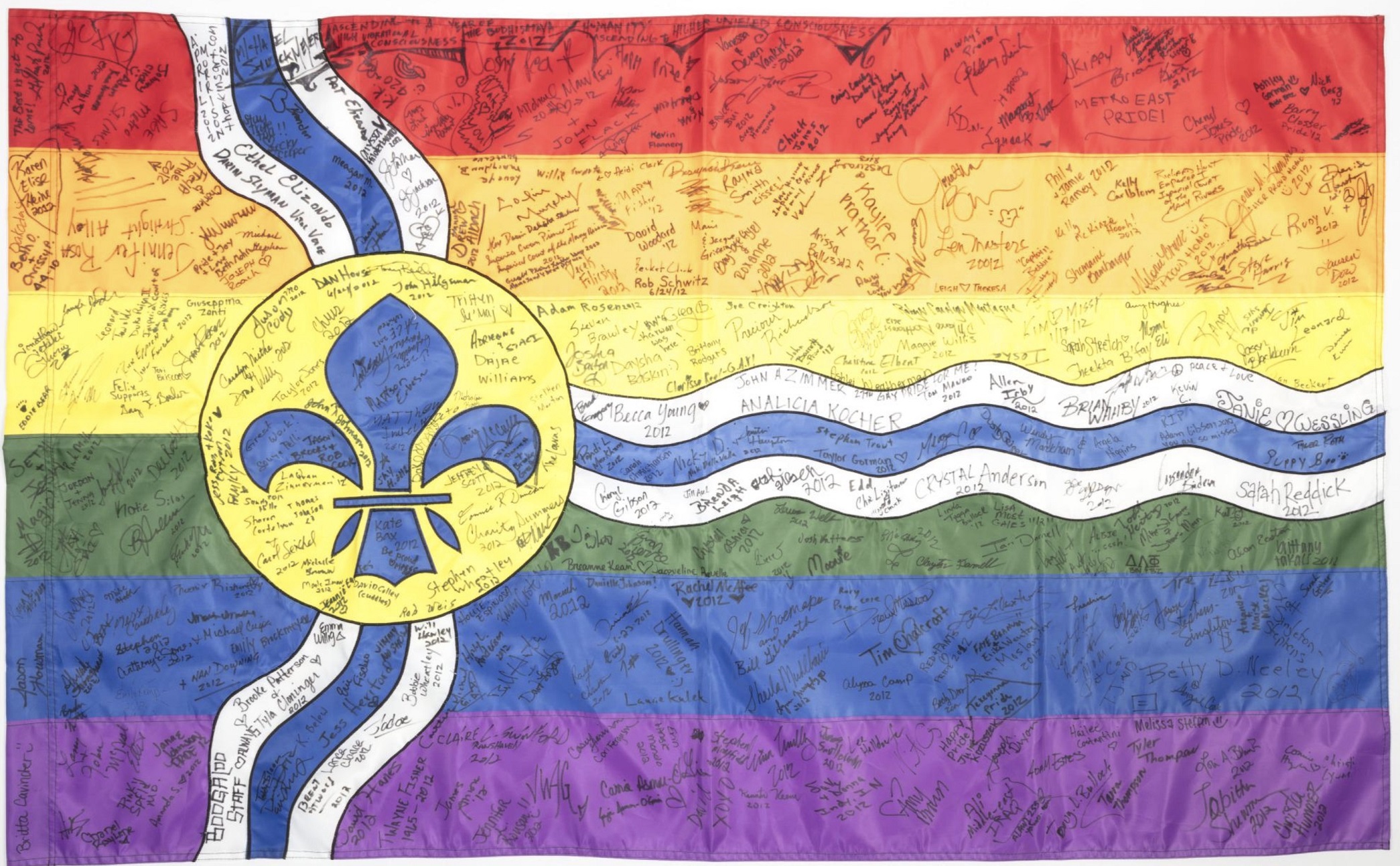
The Missouri History Museum has launched a significant undertaking in its Gateway to Pride initiative: the first-ever exhibit to uncover the often-untold stories of St. Louis’ LGBTQIA+ community.
The “Gateway to Pride” virtual exhibit, which opened on Jan. 21, is an interactive digital experience showcasing the history of the local LGBTQIA+ community through video interviews, artifacts and a number of opportunities for online visitors to share their own stories.
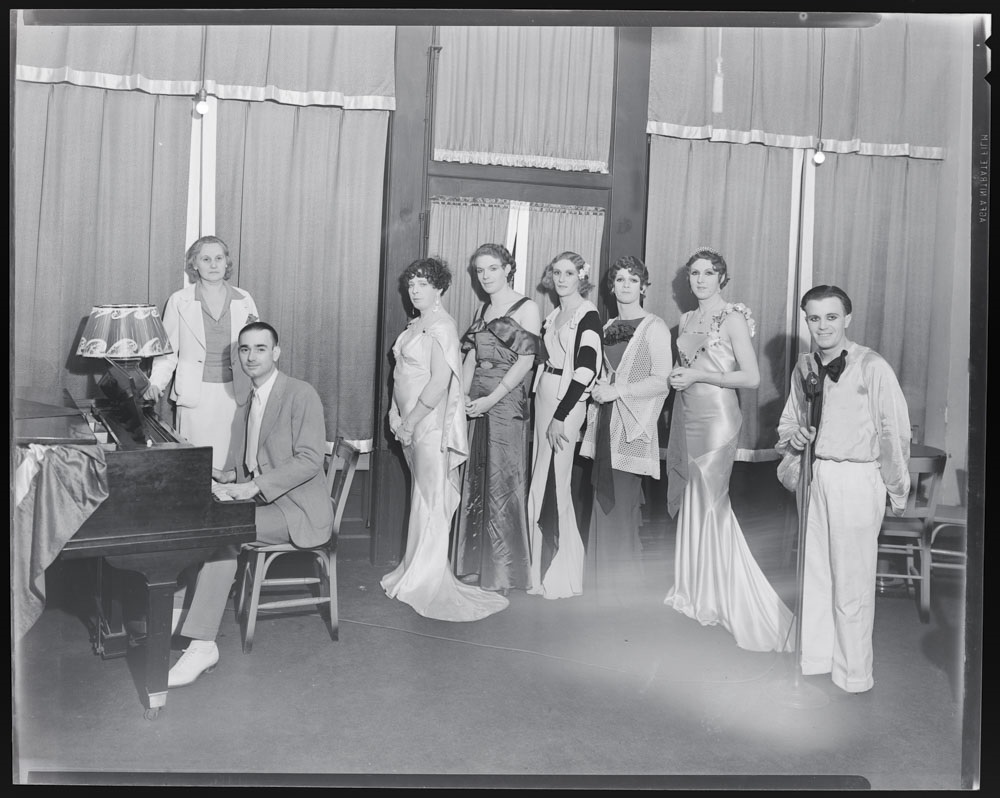
The exhibition is part of the Missouri History Museum’s Gateway to Pride initiative, a call to action which began in 2015 in an effort to strengthen representation of the region’s LGBTQIA+ communities in its collections.
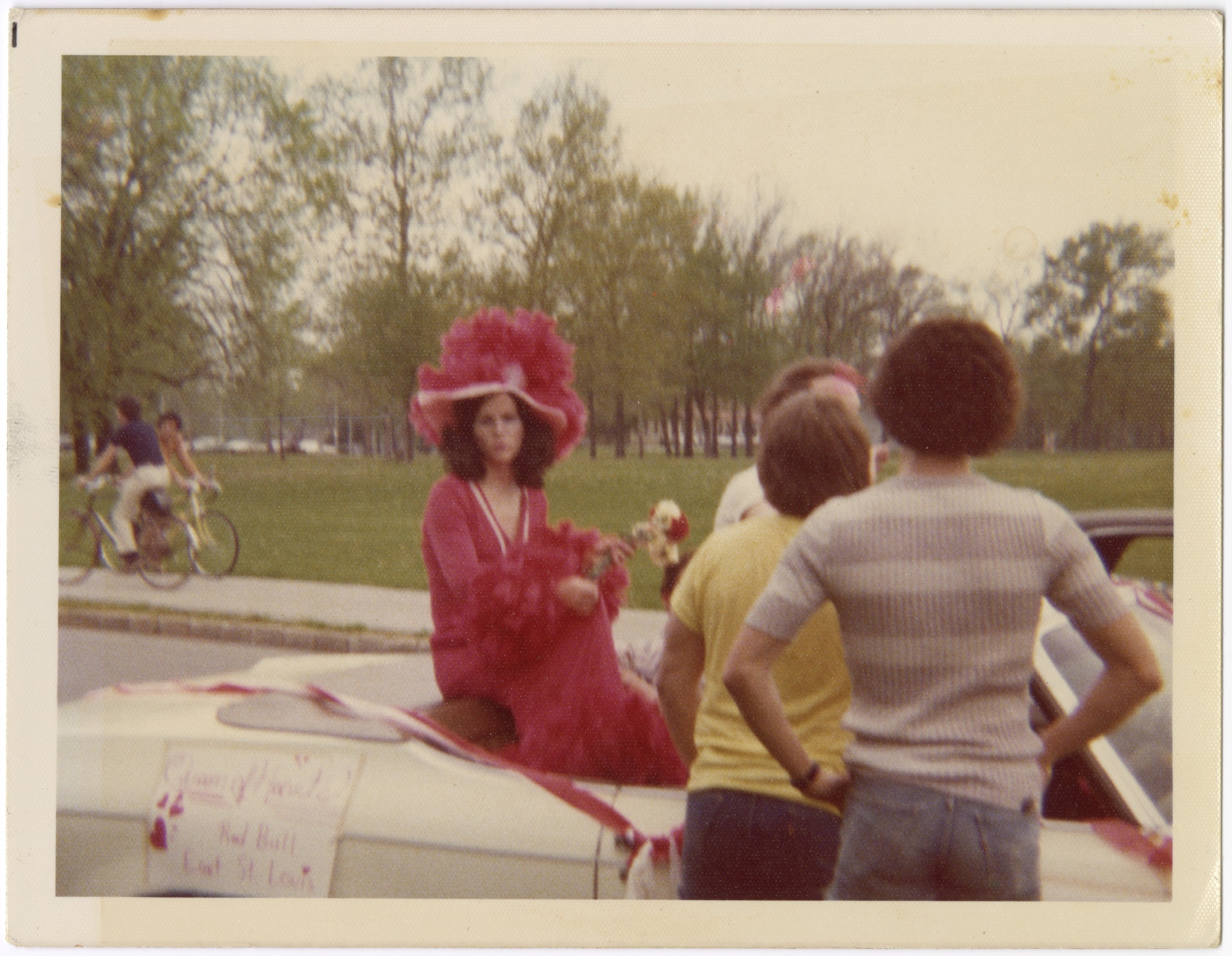
Presented through easy-to-navigate sections, the exhibit is divided into three main parts: Oral Histories feature interviews with LGBTQIA+ pioneers like Jeanette Mott Oxford, Sharon Love and David Prelutsky. In Timelines, visitors can zoom in on historical documents, as well as learn about milestone events and people like social studies teacher Rodney Wilson, who founded Gay (now known as LGBTQIA+) History Month.
“Rodney Wilson came out to his students at Mehlville High School in 1994,” said Sharon Smith, curator of civic and personal identity for the Missouri Historical Society and project lead for the Gateway to Pride initiative. “Not only did the school get behind him, the students and parents rallied around him, as well.”
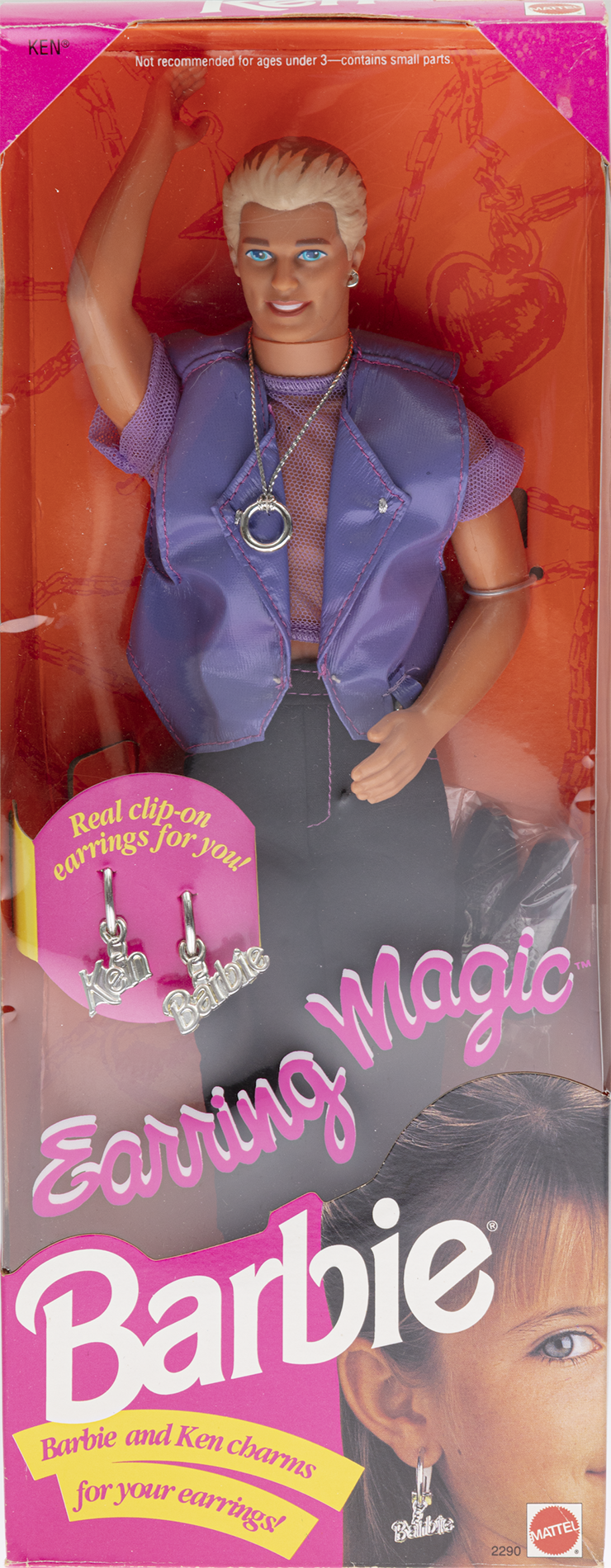
In Collections, artwork, photographs, books, clothing and other artifacts tell the story of LGBTQIA+ life in St. Louis. One such item is an Earring Magic Ken doll, which was introduced by Mattel in 1993 as a way to give Barbie’s longtime boyfriend a more modern image.
“This piece, I learned, was produced to give Ken a makeover,” Smith said. “They thought that little girls would like the pastels, anything purple, and earrings on men. But when Mattel produced this, little girls were not interested – only adult males were buying it – so they pulled it off the shelves.”
Other noteworthy artifacts include the sign and mirror ball from Magnolia’s Bar, a beloved gathering spot for LGBTQIA+ St. Louisans in Midtown for three decades, and a Rainbow St. Louis flag from the 2012 Pridefest held at Tower Grove Park.
“We’ve been so intentional about how we’ve been collecting, but there are things that are hiding,” said Smith, who encourages St. Louisans to contribute to the collection with their stories or donate artifacts. “Sometimes, the least important thing to you is probably something we don’t have. For example, a concert ticket – I went to one of Cher’s farewell concerts, but I don’t know if I kept my ticket.”
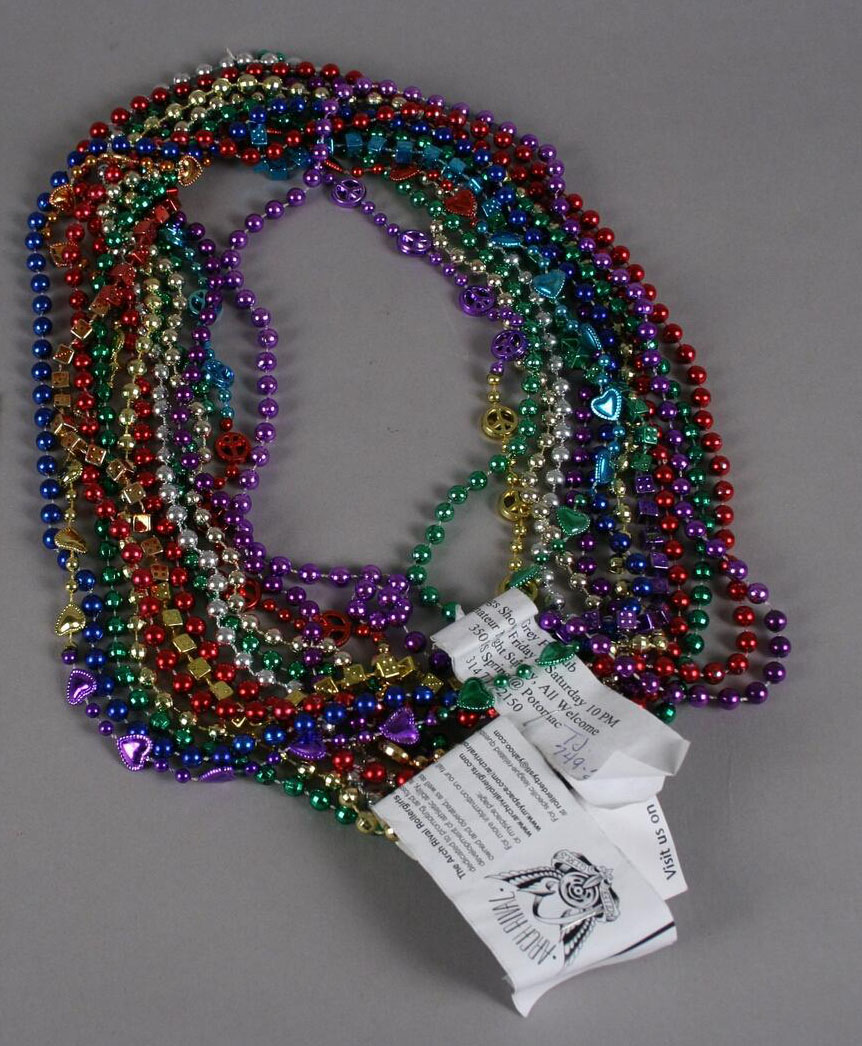
Smith says for the next several years, the Missouri Historical Society will be gathering oral histories, artifacts, photographs and documents to add to its permanent collections.
“Is there some way you want to add to the story?” she said.
The Gateway to Pride initiative will culminate in a 6,000-square-foot exhibition on St. Louis’ LGBTQIA+ history, which is scheduled to open at the Missouri History Museum in 2024 to coincide with the 20-year anniversary of the first legal same-sex marriage in the United States.
To view the free Gateway to Pride virtual exhibit at the Missouri History Museum, now through Oct. 31, 2022, click here.
New Exhibit Showcases St. Louis’ Role in Women’s Suffrage and Beyond





